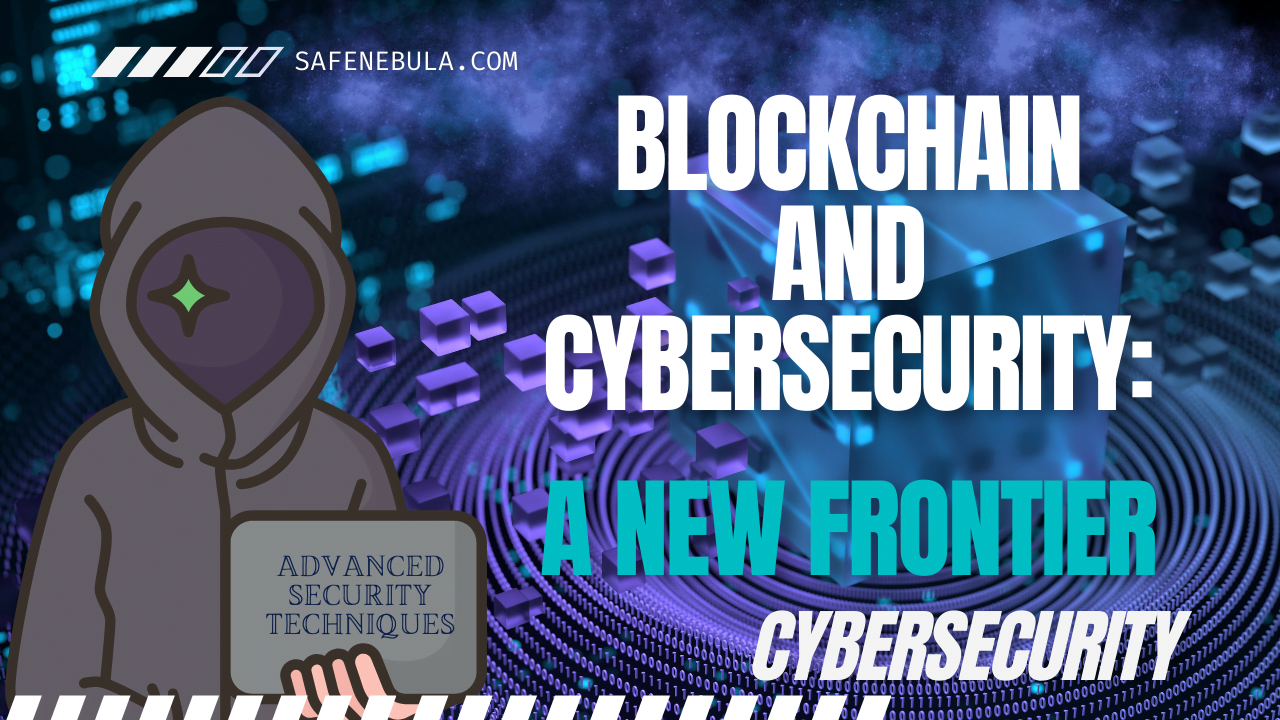As digital threats continue to evolve, the quest for more secure and resilient cybersecurity practices is more pressing than ever. Enter blockchain technology, primarily known for underpinning cryptocurrencies like Bitcoin, which is now making waves in the cybersecurity domain. This revolutionary technology offers a decentralized and tamper-evident ledger, providing unprecedented opportunities to enhance data integrity, secure transactions, and manage identities. This article explores the burgeoning relationship between blockchain and cybersecurity, highlighting its potential to redefine security paradigms.
Understanding Blockchain Technology
At its core, blockchain is a distributed ledger or database that is shared across a network of computers, known as nodes. Each block in the chain contains a number of transactions; every time a new transaction occurs on the blockchain, a record of that transaction is added to every participant’s ledger. The key features of blockchain technology include decentralization, transparency, immutability, and consensus, making it exceptionally secure by design.

Blockchain’s Impact on Cybersecurity
1. Enhancing Data Integrity
With its immutable nature, blockchain can significantly enhance the integrity of data. Once information is recorded on a blockchain, it cannot be altered without the consensus of the network, making unauthorized data tampering practically impossible. This aspect is particularly beneficial for critical data in sectors like finance, healthcare, and government, ensuring that records remain untainted and trustworthy.
2. Ensuring Secure Transactions
Blockchain’s decentralized structure and cryptographic algorithms secure transactions from fraud and unauthorized interference. Each transaction is encrypted and linked to the previous transaction, creating a secure chain of custody that provides clear audit trails. This level of security is invaluable in preventing fraud in digital transactions, ensuring that they are executed as intended without third-party interference.
3. Revolutionizing Identity Management
Blockchain technology offers a new approach to identity management, where individuals can control and protect their digital identities without relying on central authorities. By creating a decentralized identity (DID) on a blockchain, users can authenticate themselves online while maintaining privacy and reducing the risk of identity theft. This application has the potential to dramatically change how personal information is managed online, giving power back to the individual.
Practical Applications and Considerations
Several industries are exploring blockchain to secure IoT devices, protect against DDoS attacks, and more. However, while blockchain presents numerous cybersecurity advantages, it’s not a panacea. Challenges such as the technology’s scalability, regulatory uncertainty, and the complexity of blockchain implementations must be addressed. Moreover, the security of blockchain applications is heavily dependent on the integrity of their implementation and the smart contracts that govern them.
Conclusion
Blockchain technology holds promise for significantly impacting cybersecurity, offering solutions to longstanding issues such as data integrity, secure transactions, and identity management. As the technology matures and more use cases are developed, blockchain could very well become a cornerstone of cybersecurity strategies. However, organizations must carefully consider the challenges and continue to explore this new frontier with a balanced perspective on its potential and limitations. Blockchain in cybersecurity represents a journey toward a more secure and trustable digital world, but it is a journey that is just beginning.
